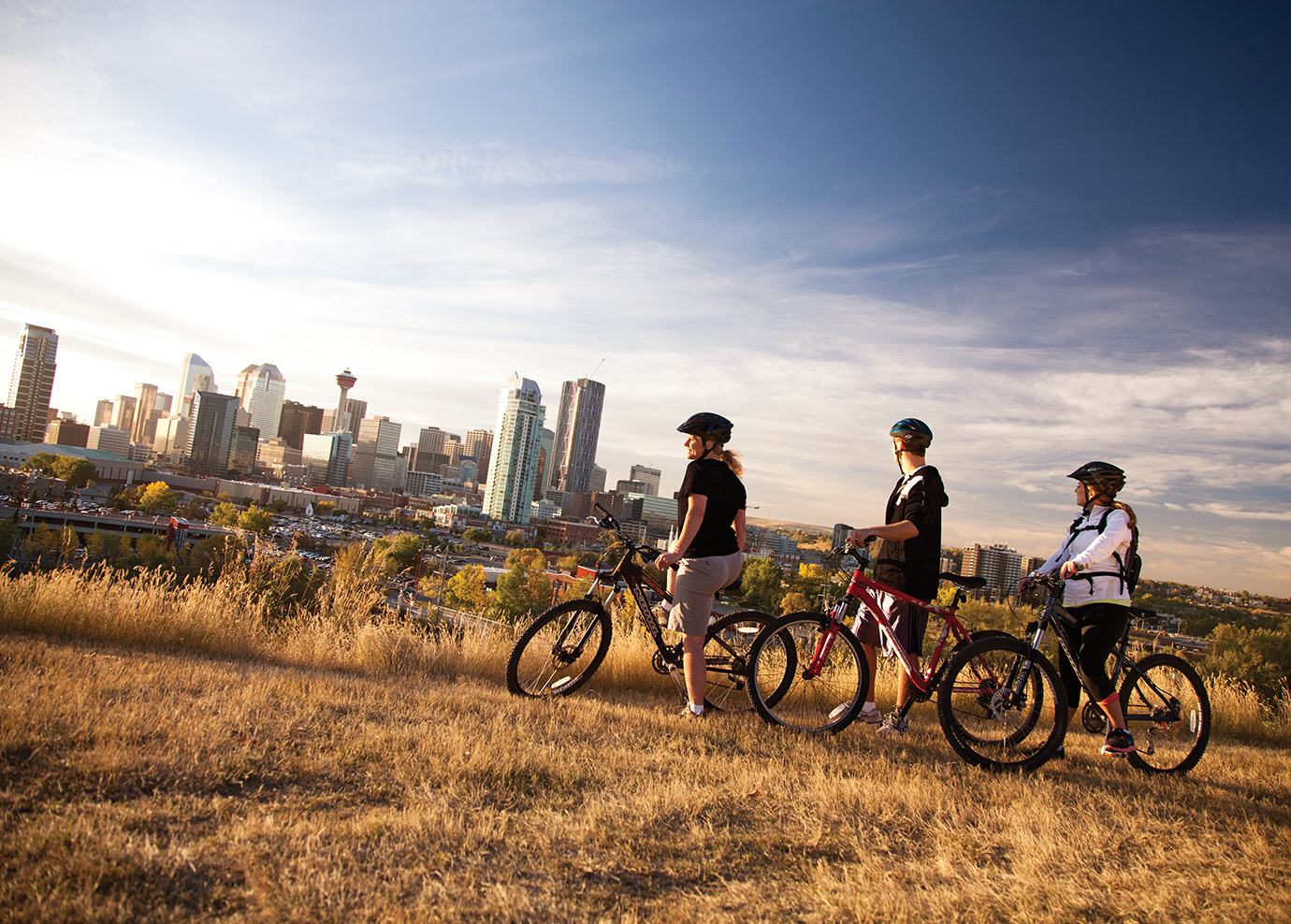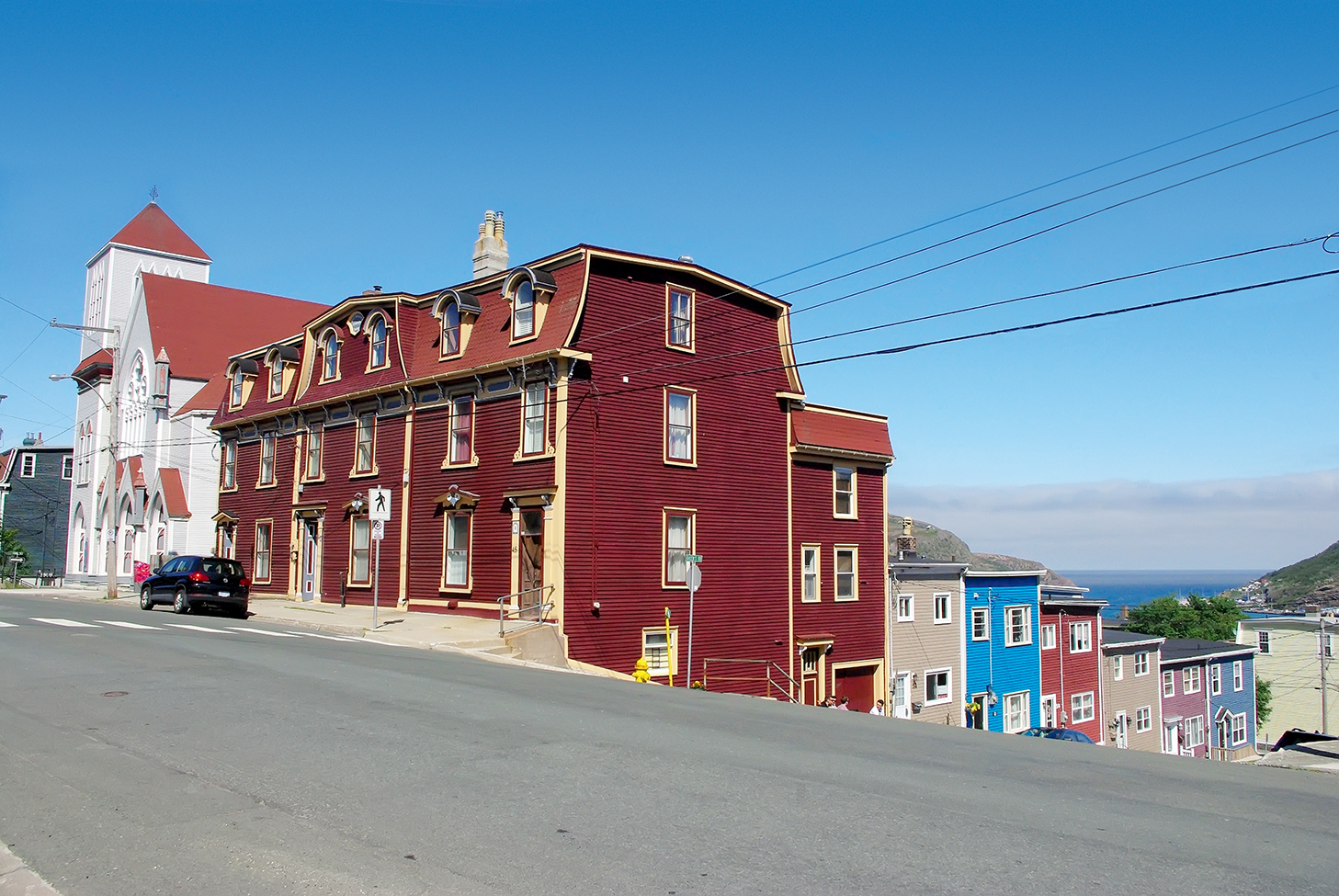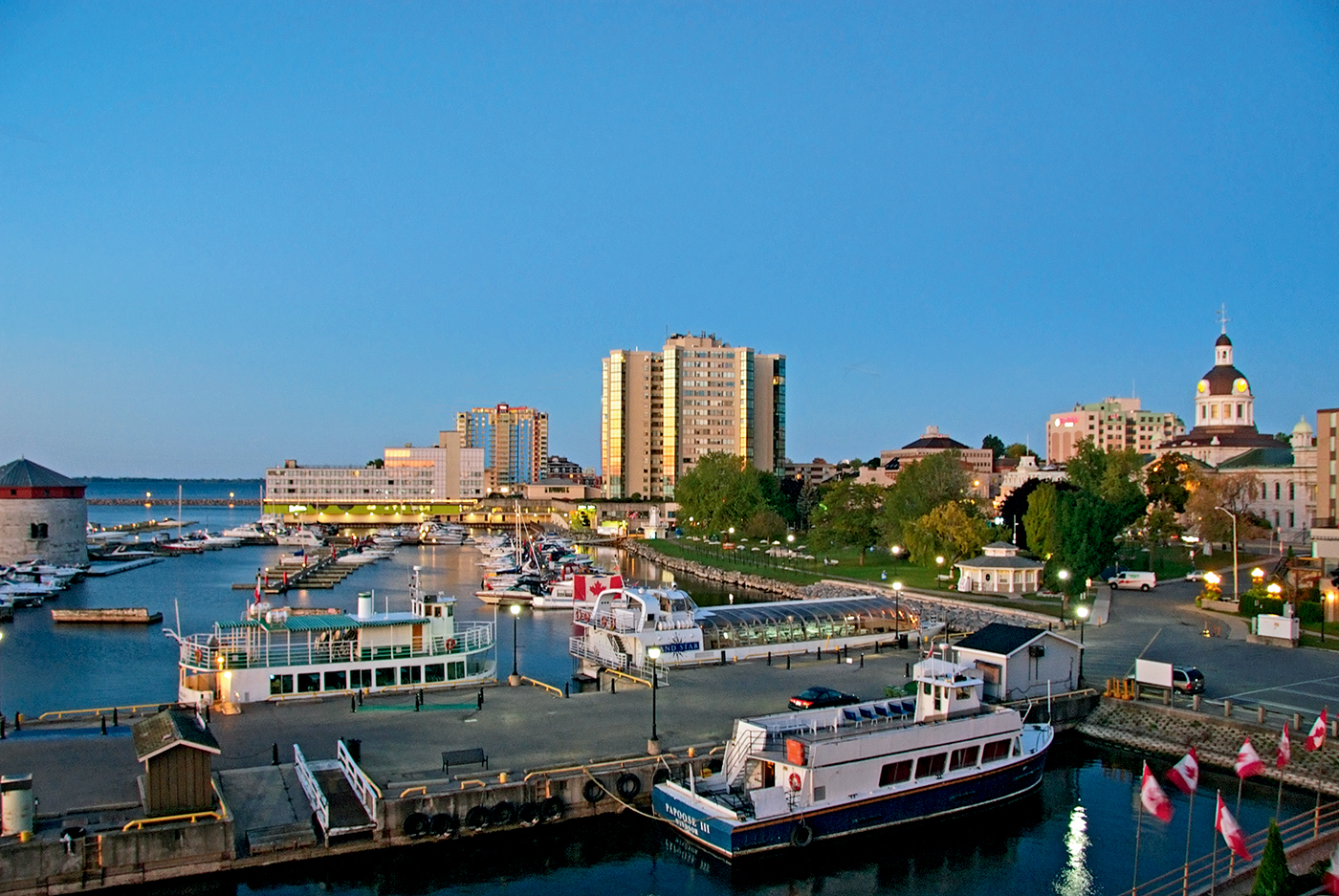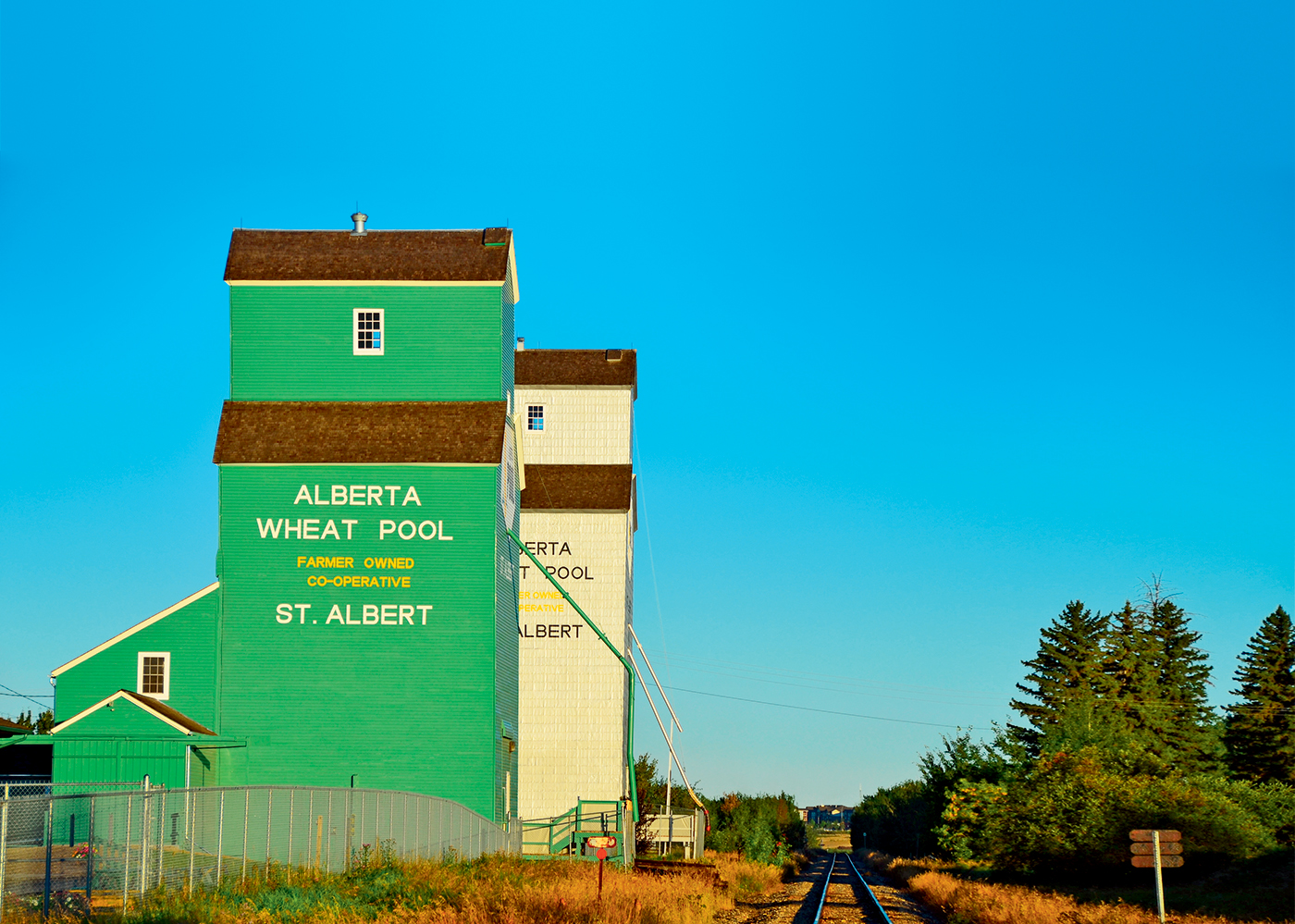Discover why Calgary’s become one of the country’s top retirement destinations
By Wendy Haaf View from Scottsman Hill. Photos: Tourism Calgary.
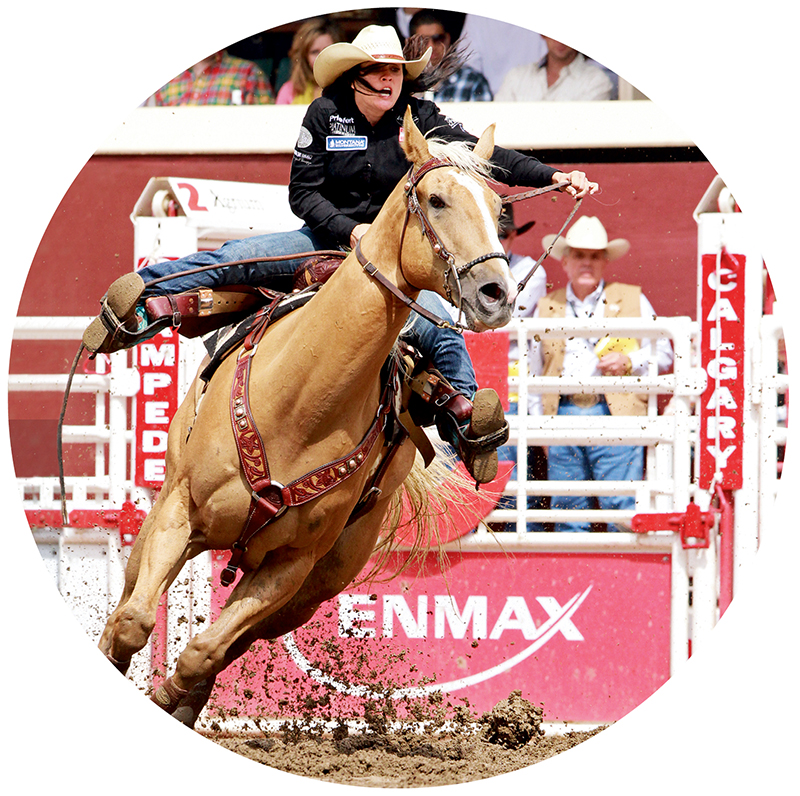
Action at Calgary Stampede. Photo: Tourism Calgary.
Retirement was far from the minds of Merri and Steven Lemmex when they moved to Calgary from Ottawa six years ago for business reasons, but since then, the bustling western city of roughly 1.2 million has wooed the couple into planning to stay when they do decide to stop working.
“We don’t see ourselves leaving here,” Merri says. “It’s got everything we need.”
An hour’s drive from Alberta’s Rocky Mountains, Calgary has a youthful, roll-up-your-sleeves feel the Lemmexes find energizing.
“Calgary is very entrepreneurial,” Merri says. “There are lots of hands-on business people here who work really hard—the spirit here is unbelievable.” That drive, however, is balanced by a sense of fun and whimsy that comes to the fore during the Calgary Stampede every July. “For 10 days, you’ll see thousands of people dressed up like they’re in a Western movie. It galvanizes the whole city.”
Calgary’s can-do atmosphere also kept Susan and Keith Cameron in the city long beyond the two years they thought they’d stay when they moved here from Halifax to be near their first grandchild.
“There’s an upbeat attitude—despite the downturn in the oil and gas industries—that we like,” Susan says. (The slump caused home prices to dip 4 per cent between November 2015 and November 2016, whereas real estate values in other cities continued to rise during that period. The average $468,000 for a detached house in Calgary is still steeper than the price for a comparable home in Montreal or Ottawa would be, but Alberta has no sales tax and boasts one of the country’s lowest personal income tax rates.)
“The city itself is gorgeous,” Merri says. “It changes every day. We live on the top of the highest hill in Calgary and we have a panoramic view of everything that happens—the storms, the sunsets, and the chinooks.” Warm, dry winds that periodically sweep down the mountain slopes, the chinooks can help make Calgary’s colder months relatively temperate. “The winters are ridiculously mild,” Merri says. “In six years, we’ve not had one that rivals anything in the Maritimes or Ontario.”

The Bow River Pathway. Below: Calgary Food Tours. Photos: Tourism Calgary.
Similarly, summers are more comfortable than those in many other places in Canada. “People who play golf love the summer here, because blue skies happen all the time and it’s not humid,” Susan says.
An extensive transit system that includes airport stops and a well-laid-out, pedestrian-friendly core (which features a series of connected enclosed walkways) make getting around without a car quite convenient. “We’re right near the LRT train, so we love using ublic transit,” Susan says. “We still have a car, but if we can take the train, we do.”
The use of public transit is generally linked with a healthy lifestyle, which may be one reason Calgary was this year ranked one of Canada’s healthiest cities (second only to Saskatoon) by the Conference Board of Canada, which based its report on the use of public transit and three other categories: life satisfaction, population health, and access to health care services.
“We’re very pleased with the medical system here,” Susan says. “It seems very strong in terms of wait times and access to specialists—plus, it’s a university centre.”
When it comes to entertainment and leisure, Calgary offers a seemingly endless smorgasbord of options, from museums, live theatre, opera, and ballet to festivals celebrating film, different genres of music, and various world cultures. At the Lunchbox Theatre, for example, seniors can take in performances (all shows last about an hour) for $20. “We get a magazine every week that’s just pages and pages of what’s new on the music scene,” Merri says.
Lifelong learners can avail themselves of courses at one of several post-secondary institutions, while a network of centres throughout the city (including the Confederation Park 55+ Activity Centre, which the Camerons attend) provide a wide array of programs aimed specifically at people 55 and up.
“There’s plenty going on, from crafts and exercise to bridge and golf—you name it,” Susan says. “My husband plays in the community band, and we’re both involved in a troupe that puts on musical theatre productions. We’re never bored.”

Left: hands-on at Studio Bell, National Music Centre, and the Black Beauty T-Rex fossil, Royal Tyrrell Museum. Right: Dinosaur Trail Golf & Country Club at Drumheller, and Studio Bell building. Photos: Tourism Calgary/Leblond Studio Inc. (drum) and BrandonWallis (Studio Bell). Alberta Travel/Karuna Duggar (fossil) and Anthony Redpath (golf).
Calgary also has an active Newcomers’ Club, which has helped both the Camerons and Lemmexes make new friends and learn their way around the city. “They have so many things going on that you couldn’t do them all,” Merri says.
There’s also a lot to do within a relatively short—and scenic—drive, such as visiting one of the charming mountain towns, touring a winery, and hiking in one of many nearby provincial parks, which include three UNESCO World Heritage sites. For instance, in Drumheller, you can admire the striking hoodoo rock formations and, in the nearby Midland Provincial Park, travel back to prehistoric times at the Royal Tyrrell Museum, home to 40 dinosaur skeletons along with tens of thousands of other fossils.
“Calgary is different from any other place we’ve lived,” Merri says. “It has all of the advantages of a big city,” but unlike in Toronto and Vancouver, it’s easy to escape the crush. “We live about 15 minutes from downtown, and we’re right in suburbia.”


